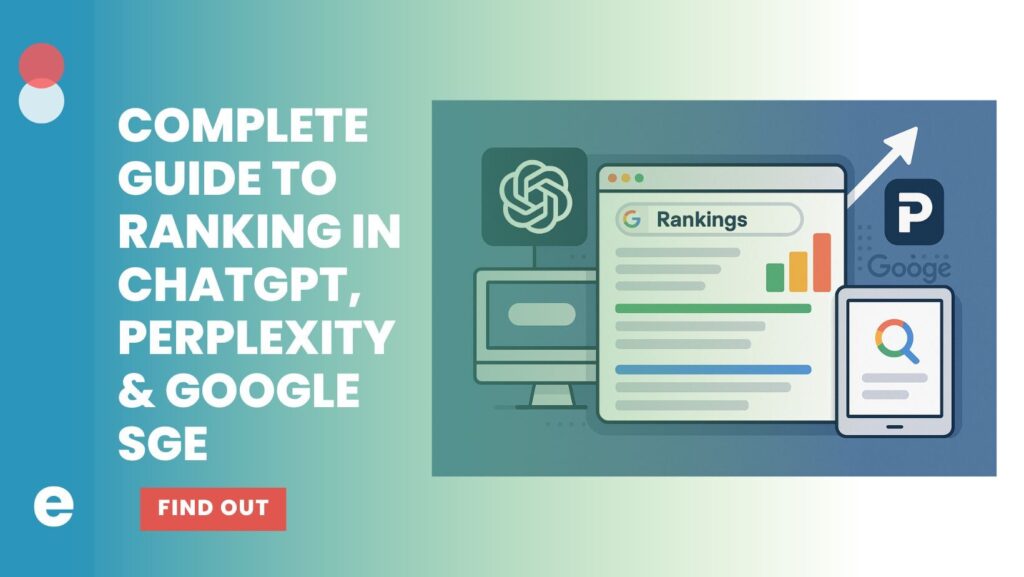It’s the beginning of the month, and you’re staring at your web analytics report again. Traffic is down—for the second or third month in a row. You’re preparing your performance summary, wondering how to explain the dip to your team or leadership.
Here’s the good news: lower site traffic doesn’t automatically mean performance is declining. In fact, if you’re tracking the right metrics, you might discover that your marketing is working better than ever. It just looks different now.
The Way People Research Has Changed
We’re in a new era of digital behavior. Buyers are no longer dependent on your website for early-stage research. They’re turning to AI tools—Google’s AI Overviews, ChatGPT, Perplexity, Claude, and more—to ask questions, compare options, and get fast, curated answers.
In many cases, your site may not even be part of the initial research journey. But that doesn’t mean your brand isn’t showing up.
If your company is being recommended by AI tools in response to relevant queries, you’re still in the consideration set—just earlier and more seamlessly than before.
So What Metrics Should You Be Looking At?
If traditional traffic is no longer the leading indicator of awareness or interest, here’s what to watch instead:
1. Engagement Metrics
Are users who do land on your site sticking around? Are bounce rates decreasing, session durations increasing, and page depth improving? These signals tell you that when people arrive, they’re more informed—and more intentional.
2. Conversion Rates
Are your form fills, demo requests, or product inquiries holding steady or improving? AI-driven research tends to bring in better-qualified traffic—people further along in their journey—so you might see a lift in conversion efficiency even if volume dips.
3. Cross-Channel Conversions
Depending on your business model, conversions might be happening off-site. Are prospects researching in AI chat and then calling your sales team directly? Visiting your retail location? Emailing an account rep? Make sure your tracking and attribution models are built to capture these activities.
The New Normal: Fewer Visits, Higher Intent
When your brand is present in AI-driven search results, people may skip the usual top-of-funnel website visit. Instead, they arrive at your site with a clear purpose—or bypass it entirely and go straight to a sales touchpoint.
That’s not a failure of marketing. That’s the result of effective marketing in today’s AI-augmented buyer journey.
How to Keep Winning
If your engagement and conversions are strong, you’re on the right track. But this doesn’t mean you can stop optimizing. It’s more important than ever to:
- Strengthen your on-site content to support conversions and validate your brand.
- Develop off-site content (e.g. guest features, thought leadership, reviews) to improve your inclusion in AI training datasets and outputs.
- Implement AI Search Optimization strategies to ensure your brand shows up in AI-generated answers and summaries.
At Enilon, we help clients navigate this evolving landscape with strategies designed to increase visibility and conversion in a world where the buyer journey starts long before they reach your site. If you’d like help with your demand gen program, website or AI Visibility, let’s connect!
Claire Brunner has been in the digital marketing space for over 20 years. Driving customer growth strategies for businesses in industries spanning technology, manufacturing, retail, luxury, fashion and home services. She’s based in Phoenix, AZ, part owner of Enilon where she leads Client Strategy, Marketing and Business Development.


